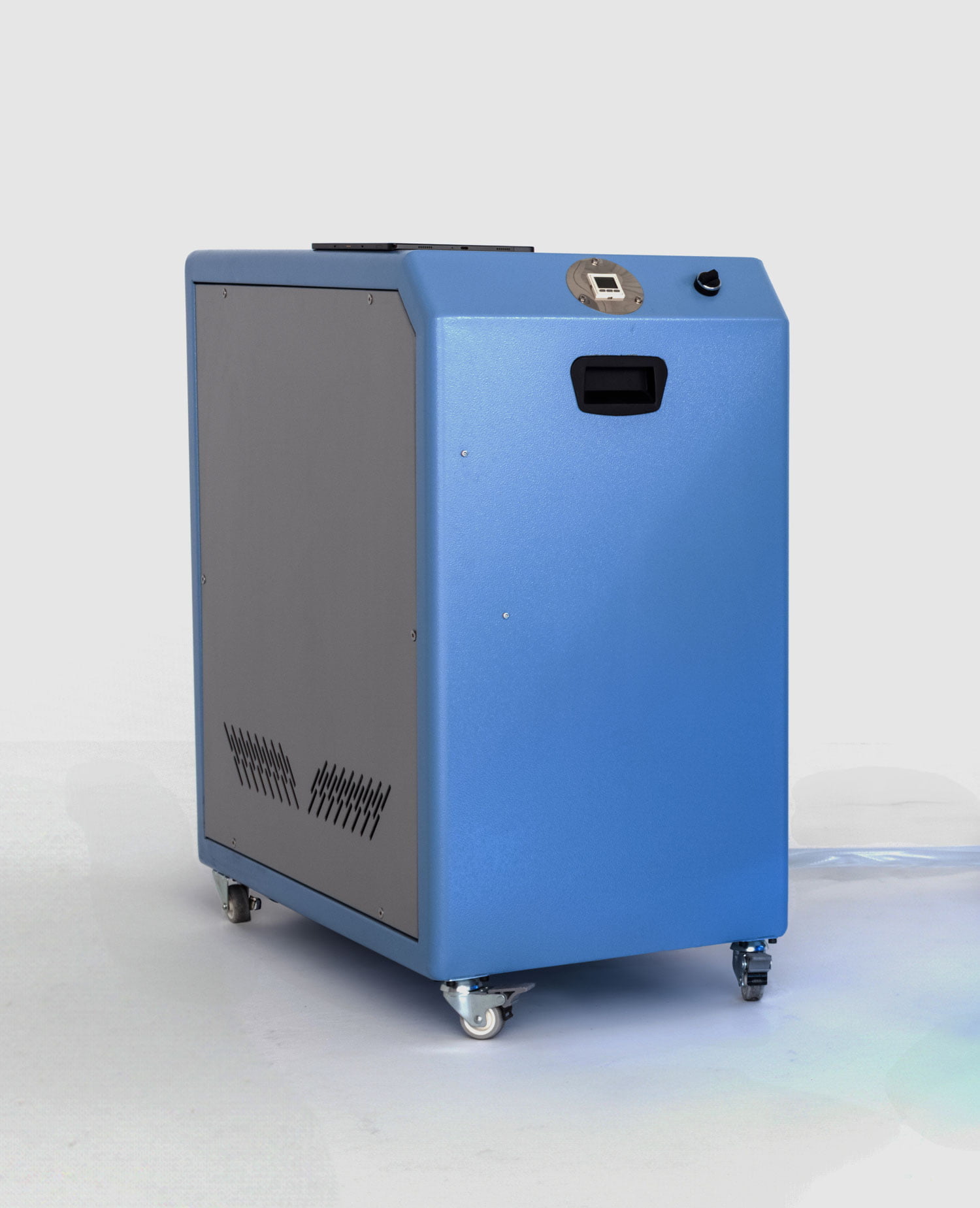
This is the APEX.
Your hypobaric chamber and personal mountain.
APEX is designed for altitude training up to 8000 meters (0.356 ATM).
APEX simulates reduced barometric conditions found at high altitudes. Used by elite performance athletes, mountain climbers, military and civilian pilots, and even astronauts, the hypobaric chamber builds hypoxia tolerance, the tolerance to low oxygen levels.
Conquer any summit.
APEX is used for endurance altitude training, pushing the body to its limits.
How does it work?
The higher you ‘climb’ in a negative pressure environment (the vacuum inside the chamber), the more challenging it is for your body to perform.
This stress triggers your body’s adaptive defenses, helping to improve endurance, performance, and physical wellness.
Photo gallery
Click the image to zoom.
The hypobaric chamber
System components

Hypobaric Chamber
1 SEAT
The hypobaric chamber, also known as an altitude chamber, is a specialized environment that simulates high-altitude conditions. It creates a controlled atmosphere with lower air pressure than normal, simulating heights up to 8000 meters (0.356 ATM).

Turbo Venturi System
1 UNIT
The Turbo Venturi system is an equipment that turns compressed air into negative air. The device converts the compressor’s positive pressure into negative pressure (vacuum).

Patient Monitoring System
1 UNIT
The Patient Monitor continuously tracks the user’s vital signs, like heart rate, blood pressure, respiratory rate, blood-oxygen saturation, temperature, etc. This real-time information helps outside assistants keep track of the user’s vital signs and health condition.

Activate endurance mode.
Simulating high altitudes for hypoxic training with the hypobaric chamber
Imagine you’re on a mountain expedition, climbing to the apex of Everest (8849 meters). The only way is up and it’s not exactly a walk in the park. Every breath is a precious commodity, as the body adapts to the thinning air as we climb higher.
With each 1,000-meter, oxygen levels become lower, leading to hypoxia – a state where your body enters into oxygen deprivation. This is where your body activates endurance mode, fights for survival, and emerges more capable.
What is hypoxic training?
Elevating hypoxia tolerance levels to increase endurance and performance
In hypoxic training, you experience an oxygen-depleting environment in the controlled setting of the hypobaric chamber. The chamber simulates high-altitude conditions by lowering the air pressure for gradual acclimatization.
When the body is deprived of oxygen, it triggers adaptive defenses to counter the effects of hypoxia. Training sessions in a hypobaric chamber can help the body adapt to low-oxygen conditions and raise new benchmarks in performance.
Train like you’re on top of the world
Hypoxia tolerance training in the hypobaric chamber offers several benefits for the body during and after sessions.
Increased production of red blood cells
During hypoxia, the body perceives a lack of oxygen. In response, it releases a hormone called erythropoietin (EPO) which stimulates the bone marrow to produce more red blood cells. These red blood cells carry oxygen throughout the body, enhancing the oxygen-carrying capacity. This translates to improved endurance and overall performance during exercise.
Improved oxygen utilization
When exposed to less oxygen, the body becomes more efficient at using the oxygen it has available. This is because muscles learn to extract more oxygen from the blood, even under conditions of reduced oxygen. This improved efficiency allows the body to maintain performance for longer durations.
Enhanced mitochondrial function
Mitochondria are the powerhouses of our cells, responsible for generating energy (ATP) through cellular respiration. Hypoxia training challenges the mitochondria to adapt and become more efficient. This results in increased ATP production during exercise, allowing the body to push harder for longer.
Altitude acclimatization
Hypoxia training provides a safe and controlled environment to experience low-oxygen conditions similar to high altitudes. This allows athletes, mountain climbers or aerospace professionals to gradually acclimatize their bodies. By learning and recognizing their personal symptoms in a controlled setting, they can better prepare for real-world low-oxygen environments.
Vasodilation and blood flow regulation
When your body experiences hypoxia, it releases nitric oxide. This molecule causes your blood vessels to dilate. The enhanced blood flow ensures better delivery of oxygen and nutrients to the tissues and muscles, supporting optimal performance.
Aerobic adaptations
During hypoxia training, the body shifts its metabolic focus towards aerobic energy production, relying more on fat for fuel. This is particularly beneficial for endurance athletes as it helps to preserve glycogen stores, the body’s primary source of readily available energy during exercise.
Post-session effects
After a hypoxia training session, the body continues to burn calories at a higher rate due to the increased metabolic demand caused by the low-oxygen environment. Additionally, the hypoxia-induced stress can stimulate muscle repair and growth processes, potentially leading to faster recovery and improved muscle strength.
Cognitive benefits
While research is ongoing, some studies suggest that hypoxic training may enhance brain plasticity, potentially improving memory and cognitive function. Training the brain to perform under challenging conditions may also build mental resilience. Cognitive testing is a standard practice in hypobaric chamber training protocols.
Long-term adaptations
Regular exposure to hypoxia training can lead to lasting adaptations, even when you’re training at sea level. Athletes who consistently incorporate hypoxia training may experience sustained improvements in performance, especially in endurance sports.
We support safe hypobaric training sessions
Consult a medical professional to design a safe and effective hypoxia program.
Customize your protocols
Hypoxia training should be personalized based on fitness level, goals, and health status. Remember that while hypoxia training offers benefits, safety is paramount. Professional supervision and gradual progression are essential for maximizing gains without risking health.
Medical supervision
Hypobaric therapy should only be done under the supervision of a qualified medical professional who can assess suitability for the procedure, monitor progress, and address any potential complications.
Medical conditions
Certain medical conditions, such as heart disease, uncontrolled seizures, or severe claustrophobia, may make hypobaric therapy unsuitable. Consult your medical professional for dedicated evaluation and suitability to undergo hypoxic training.
CLIENT SERVICE AND RELATIONS
Book a call to discover game-changing recovery and training solutions
Feel free to book a call with our consultant to ask more about APEX. Explore custom solutions for your unique goals. Get industry knowledge for hypobaric systems, including for medical & wellness hyperbaric applications.












































